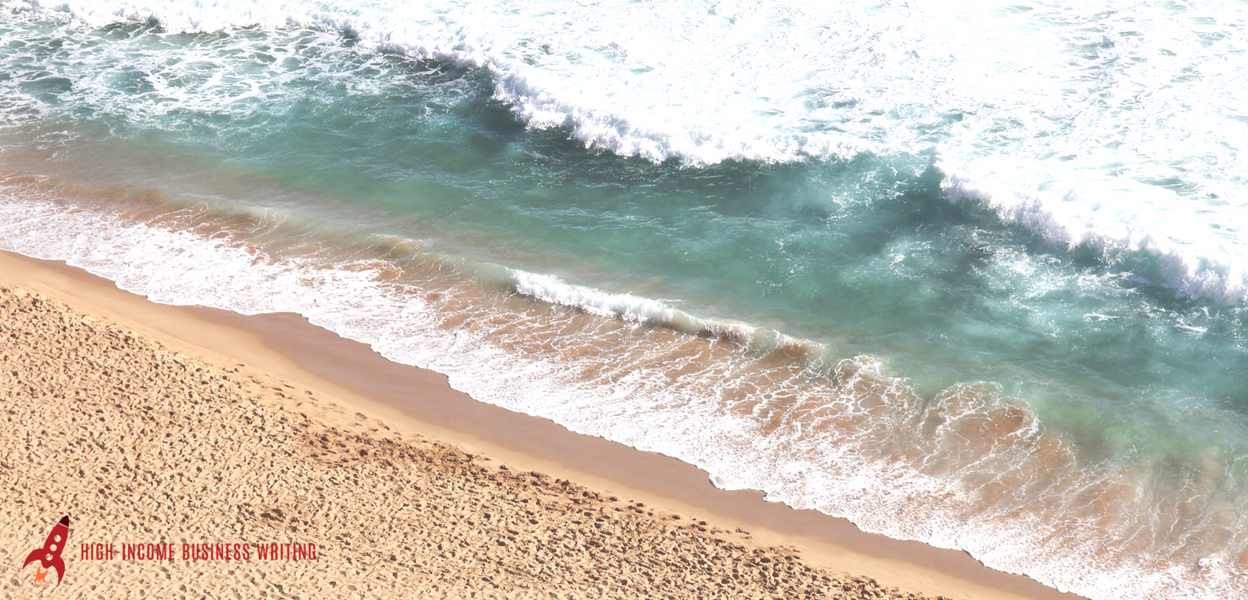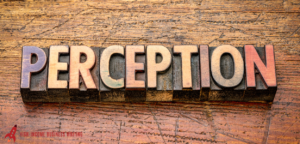Spring break is just around the corner, folks!
For many freelancers, it’s an opportunity to break with routine and spend some time with friends and family.
Of course, it’s a time we look forward to—especially if we can make a vacation of it. But if finances are tight, and our schedules look a bit sparse in the days leading up to our getaway, then we may have some nagging doubts about the splurge.
This is something I’ve experienced in the past (more than once!)—which is how I accidentally stumbled upon a surprising and effective technique for landing additional work in the weeks leading up to a vacation.
And once I discovered it, I regularly used it to drum up business any time I had any holidays on the horizon.
But first, let me tell you how it happened.
It All Started With a Simple Follow-up Email
A few years ago, I decided to take two weeks off in July. Rather than wait to tell my clients, I contacted them in early May. I gave them plenty of notice and encouraged them to look at their project queues to see if I could get started on something before I left.
To be honest, I wasn’t expecting much out of this effort. My motivation was mostly to avoid the stress of coming home to a long list of emails and urgent requests.
But instead, something interesting happened.
Two of my clients emailed me back and asked if I could start on some work immediately.
It turns out they’d been putting off a few things. And rather than wait until the last minute, they figured this was a good opportunity to get projects started while I was still around and available.
The end result? I landed $5,000 worth of projects in a matter of days! It filled the gap in my schedule and helped me avoid the stress of dealing with new project requests right before leaving town. (Ever had that happen?)
Plus, the extra cash came in handy while enjoying my time off at the lake. And of course, my clients benefited from getting the work done on time. It was a win-win all around!
Stay Honest!
Now, you have to be ethical when using this tactic. Don’t make up a story if you’re not really leaving town. Use it only when you’re really scheduled to be away on vacation.
Also, you need to plan ahead. Calling 10 days before you leave town is not enough notice. Try to contact your clients 30 to 60 days before your trip—or even earlier if your typical projects take a long time to complete.
A Couple Sample Scripts
So what would a follow-up email script for this look like? Here’s an example:
SUBJECT LINE: Upcoming vacation
Hi Sharon,
Just a heads-up that I’m going to be out of town on vacation from March 20 through March 24.
I know you had mentioned that you had a few projects you were planning on starting soon. If you’re ready to jump on those before I leave, I’d be happy to put them in the schedule. If not, that’s fine, too. Just thought I’d let you know that I’ll be away at that time.
Please let me know either way when you get a minute.
Thanks!
-Ed
The script is simple, to the point and only 88 words total.
Here’s a variation:
Hi Don,
A quick note to let you know that I’m going on vacation from 7/19 – 7/29, and I have some availability between now and then if you have anything you’d like me to work on. You had mentioned a work order and service brochure in the email below.
Hope you’re doing well.
-Ed
By the way, this is the actual email script I used when I discovered this technique. Note that I specifically reference the potential projects my client had mentioned in an earlier email.
What if you have no idea about potential projects the client might have? Send a note anyway. Reference the fact that you’ll be on vacation on those dates. And ask if they have anything on the docket they’d like to get done before then.
The Real Reason This Works
I’ve used this technique dozens of times over the years. And here’s something interesting I’ve found. Quite often the reason it works is not necessarily because you’re about to leave town and the client needs something from you before you go.
Many times it works simply because you’ve reminded the client that you’re out there. Or you’ve unintentionally reminded them that there’s a project they need to get started on.
In other words, your email acts as a trigger—a much better trigger than the typical, “Hey, got any work for me?” follow-up emails we’ve all sent (shameful, but I’ve done it too!)
And it creates (sometimes subconsciously) somewhat of a sense of urgency (“Ah, let me think if I have anything I need to get done before then. Don’t want to get into a pickle when Julie’s out on vacation…”). So… if your schedule’s looking a little light leading up to spring break, or any other planned vacation, give this technique a try! And if you send out a few emails today, you might just squeeze in a few extra projects before you go.







